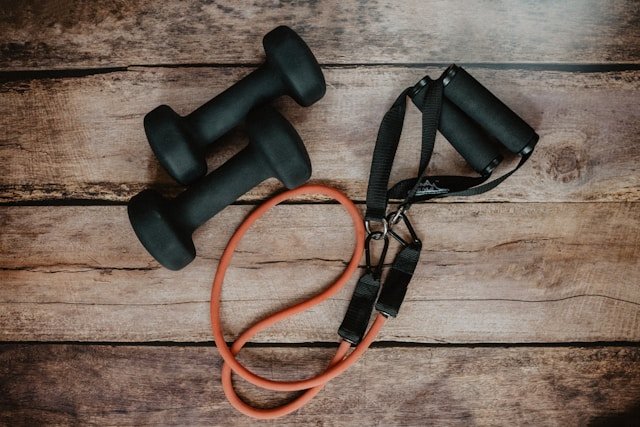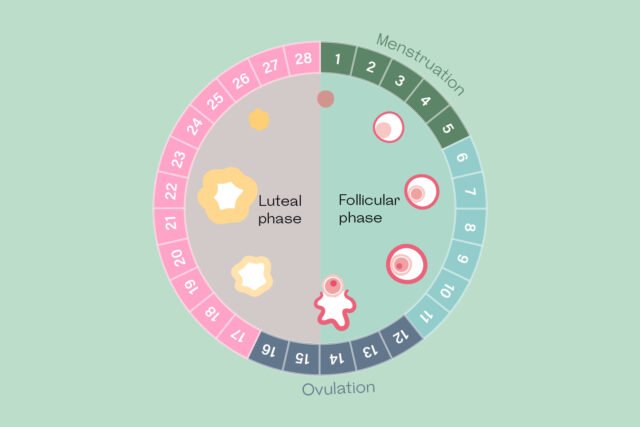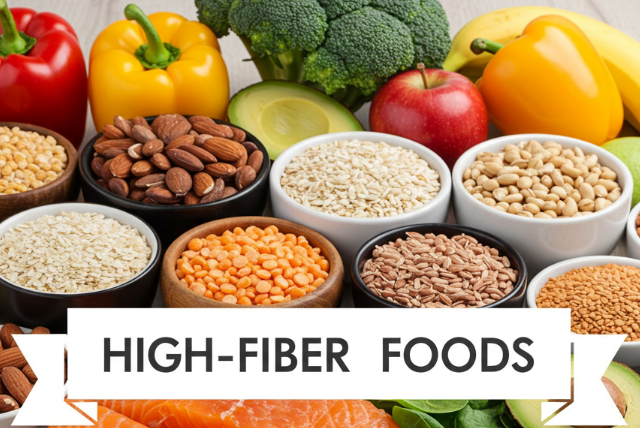
*This post may contain affiliate links. Read more.*
The 7-minute workout has become incredibly popular as a quick and effective way to get fit. With busy schedules and a constant rush to balance work, life, and fitness, many people are turning to short, intense workouts like this one to stay in shape. But does science back up its effectiveness? In this article, we’ll dive into expert opinions, scientific studies, and real-world applications to see whether this fast-paced workout can actually deliver the results it promises.
The Concept Behind the 7-Minute Workout
The 7-minute workout was introduced in 2013 by exercise physiologist Chris Jordan, aiming to offer a time-efficient solution for busy individuals who still wanted to stay active. This high-intensity circuit training (HICT) program consists of 12 bodyweight exercises that target all major muscle groups, including jumping jacks, push-ups, squats, and lunges. Each exercise is performed for 30 seconds, with minimal rest in between, making it a fast-paced and intense workout. The best part? The workout requires only a chair and a wall, no gym equipment necessary so it’s easy to do at home, making it accessible to virtually anyone, regardless of their location or fitness level.
While seven minutes may sound too short to make a significant impact, the intensity of the workout is what sets it apart from more traditional forms of exercise. The goal is to push your body to its limit during each 30-second interval, increasing your heart rate and providing a full-body workout in a very short time frame. The 7-minute workout is designed to help improve both cardiovascular endurance and muscular strength simultaneously, which is why it has attracted attention from both fitness enthusiasts and busy professionals.
What Science Says About the 7-Minute Workout
The idea of high-intensity interval training (HIIT), like the 7-minute workout, has been backed by a growing body of research. Numerous studies have shown that short bursts of intense exercise can provide the same (or even greater) benefits as longer, moderate-intensity sessions. According to the Cleveland Clinic:
“If you’re just getting started, the seven-minute workout can bring a lot of cardiovascular and strength benefits (Health Cleveland Clinic).”
This makes the 7-minute workout an ideal option for beginners or anyone looking to incorporate exercise into their daily routine without spending hours at the gym. For those just starting their fitness journey, this type of exercise helps improve heart health, endurance, and overall strength, which are foundational elements for any fitness program.
A Healthline article also supports this claim, noting that:
“It targets all major muscle groups and gets your heart racing in as little as seven minutes (Healthline).”
The article points out that even with such a short duration, the workout engages multiple muscle groups and provides an intense cardiovascular challenge. This efficiency makes it an appealing option for people with busy schedules, especially for those who struggle to find time for longer workouts.
In addition, a study published on PubMed found that:
“The findings of this research show that even a very short duration workout affects the nutritional status in normal-weight individuals (PUBMED).”
This emphasizes that even brief but intense workouts can influence the body’s metabolism, helping to maintain healthy nutritional levels and boost overall fitness. While the 7-minute workout may not lead to dramatic physical changes on its own, it is an effective way to start incorporating regular exercise into your life, leading to incremental improvements over time. Consistency is key here : by repeating the routine daily or several times a week, you’ll gradually improve your endurance and strength.
How to Make the Most of Your 7-Minute Workout
To get the best results from the 7-minute workout, it’s essential to focus on proper form and technique. Performing each exercise with correct form not only maximizes the effectiveness of the routine but also minimizes the risk of injury. If you’re new to exercise, consider starting with slower movements to master the basics before increasing the intensity.
One useful resource is the WebMD’s 7-Minute Workout Guide, which provides step-by-step instructions for each exercise, along with tips for modifications based on your fitness level. This guide can help ensure that you’re doing the exercises correctly and give you confidence as you work through the routine. Additionally, WebMD provides alternative exercises for individuals with certain physical limitations, making the workout more accessible to people of all fitness levels.
It’s also a good idea to track your progress as you go. Whether through a fitness app, a journal, or simply noting how you feel after each workout, tracking your progress will help you stay motivated and committed to your fitness goals. Gradually, you’ll notice improvements in your stamina, strength, and overall health.
Final Thoughts
The 7-minute workout is a convenient and time-efficient exercise routine that can offer real health benefits, especially for those who struggle to find time for longer workouts. While a single round of the workout may not lead to dramatic transformations, performing multiple rounds and incorporating other exercises into your routine can greatly enhance its effectiveness.
As with any exercise program, consistency is key. Stick to the 7-minute workout, and over time, you’ll likely see noticeable improvements in both your physical fitness and overall health. Just remember to always consult with a healthcare professional before starting any new exercise program, particularly if you have any existing medical conditions or concerns.
#7-minute workout #exercise benefits #fitness routine #high-intensity circuit training #home workout










